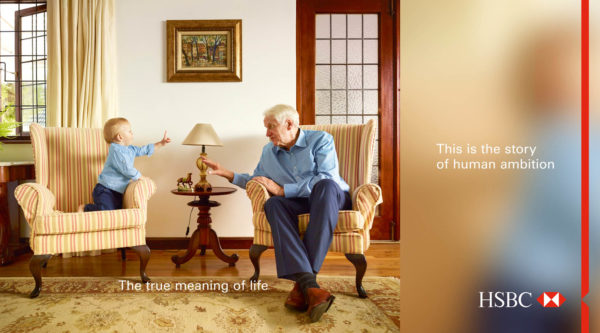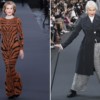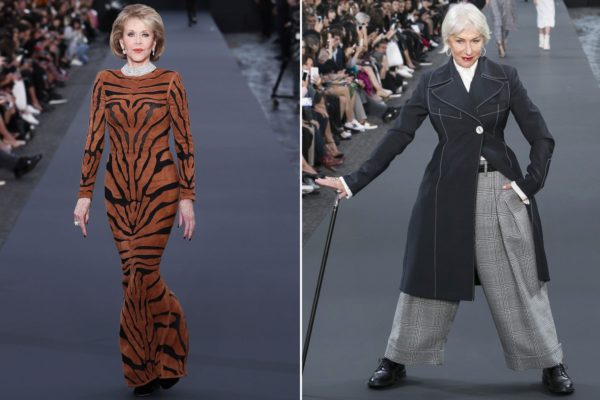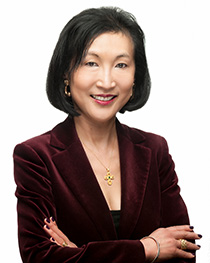
Photo Credit: Dan Burn-Forti
I do not envy the jobs of advertising executives and creative minds. In this digital era, consumers try to skip ads and tune out commercials. That’s why Amazon’s Kindle and Netflix have become so popular – there are no ads when you peruse your newspapers on an e-reader and streamed movies are commercial-free.
Before I retired from the public relations industry, I’ve always said that advertising is not as effective as public relations because the latter specializes in telling stories, not hard-selling a brand, products or services. It looks like the advertising industry has finally caught on – most ads and commercials nowadays, particularly online, are focusing on story-telling or sharing experiences. Nevertheless, it’s still hard to find one that appeals to baby boomers.
There are, however, three ad campaigns that are an exception: Questrade, HSBC and PepsiCo.
Prior to the series of prime-time TV commercials on asking your financial advisors tough questions, nobody has probably ever heard of Toronto-based online brokerage Questrade. Its current marketing campaign includes two TV spots with an investor asking their portfolio manager a difficult question about fees and the negative effect on their retirement savings. This immediately became a “grabber” for a lot of boomers who could immediately relate to the manager’s dismissive answer. The tagline “It’s time to ask tough questions about your money” just sinks in deeply for boomers and soon-to-be retirees. Print and out-of-home executions similarly feature some of the difficult questions Questrade wants customers to ask their current financial advisor, and include the hashtag: #Ask Tough Questions.
See Questrade TV commercial below:
According to the company’s COO Stephen Graham, the campaign is meant to connect with consumers who know less about the brand and push Questrade’s robo-advisor platform.
Marketing Magazine reported that while the pointed questions seem to take direct aim at the big firms with huge fees, Graham said the intent was not to directly target the competition but portray the real questions and concerns that were unearthed during research. He was spot on about the campaign being a real conversation and the honesty, behind asking the uncomfortable questions, resonates well with consumers.
The second example of strong advertising is the global jet-bridge “The Story of Human Ambition” print campaign prominently visible in 20 airports around the world. With 24 creative executions, the thought-provoking print campaign explores different themes and perspectives on what ambition means to different people in different places. This supports the global financial institution’s goal to inspire people to realize their hopes, dreams and ambitions, and in doing so, positions itself as a natural partner to support them on their journey.
According to Andrea Newman, Global Head of Marketing, Wealth and Brand Communications, at HSBC, “With this campaign, we want to poke or nudge our customers to stop and think about their own broader ambitions and reflect on where they are going in life.” I’ve always admired J. Walter Thompson’s approach to making airport jet bridges a unique communications channel associated with the HSBC brand for the last 15 years. The print campaign, particularly the photos orchestrated by Dan Burn-Forti, a New York photography agency, always makes me stop and admire, but more importantly, think about its relevance to my own life.
My last example of effective advertising is PepsiCo’s current Chinese New Year short films exploring millennial kids’ relationships with their boomer parents. AdAge profiled a 15-minute ad for PepsiCo’s Lay’s revolving around a successful actor who never manages to make it home for the holidays. The ad stars Lin Gengxin, a rising Chinese star, and it was produced by local agency Civilization. There is also a family pup, named Le, or “Happy,” a character in the Chinese version of Lay’s name – a brilliant nod to the arrival of the Year of the Dog in the Lunar New Year.
There are at least two other PepsiCo short advertising films around the same theme of inter-generational tensions and love between parents and children that got circulated on YouTube and resent many times among my Chinese friends all over the world. All of these films feature big-name or rising stars in China who are also popular everywhere among Chinese communities. The films are telling touching stories and pulling the heartstrings of boomer parents. The word-of-mouth endorsement and YouTube fever around these commercials are solid evidence of the campaign’s success.
A successful marketing campaign should always have a positive impact on the company’s bottom line. I’m not sure how much new business has the Questrade commercial generated, but according to a recent Euromonitor International report on China, Coca-Cola still maintained its leadership in soft drinks in 2017, albeit with a slightly shrinking value share compared to that in 2016. The Globe and Mail also reported that the fourth-quarter profit at HSBC Bank Canada dipped 20 percent lower than a year ago while its global parent has been shedding jobs and undertaking a turnaround strategy. Sexy and thought-provoking ads might resonate with consumers, but still might not be enough to make the cash register ring.










